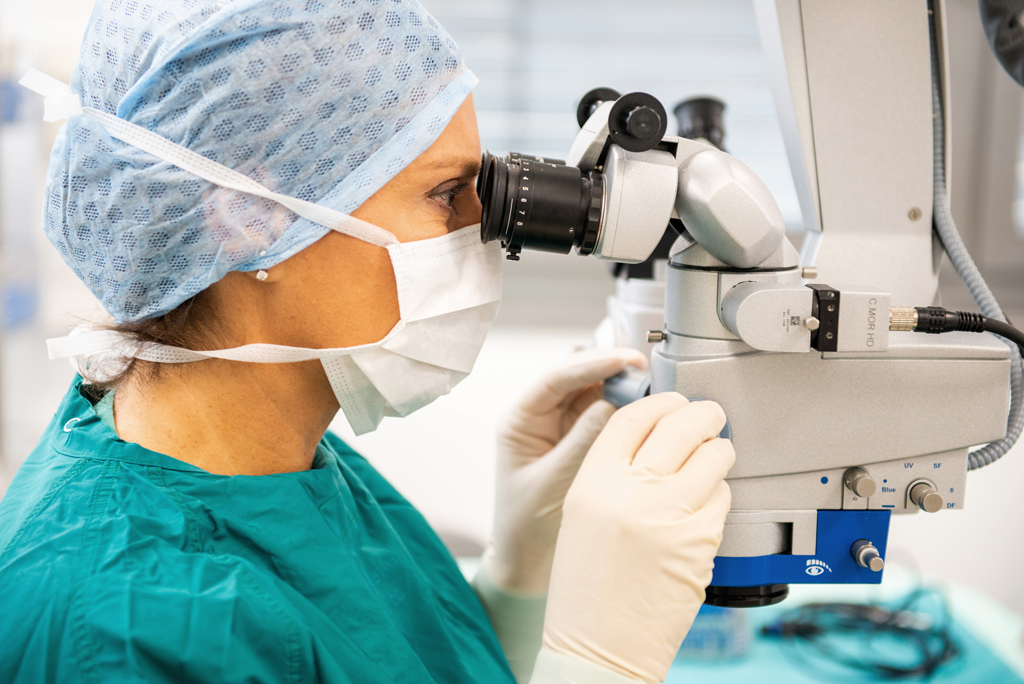Laser surgery
Prof. Dr. Abela-Formanek - Ophthalmologist for ophthalmology and optometry in Vienna
Areas of application for laser surgery
- Retinal diseases such as diabetes or retinal tears
- Posterior capsular opacification after cataract surgery
- FLACS - Femtosecond laser-assisted cataract surgery
- Refractive corneal surgery - correction of defective vision
Laser surgery on the eye is usually possible under drip anesthesia. They are performed on an outpatient or day-care basis.
Focus on your eye health
Prof. Dr. Abela-Formanek looks back upon more than 25 years of experience in eye surgery and is considered an absolute expert in her field.
The following eye laser technologies are used.
Would you like to make an appointment or do you have questions about operations?
Give us a call. Dr. Abela-Formanek will be happy to answer your questions!

